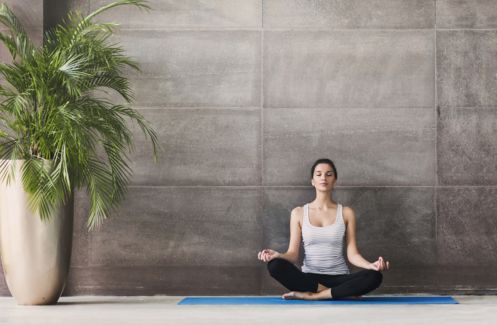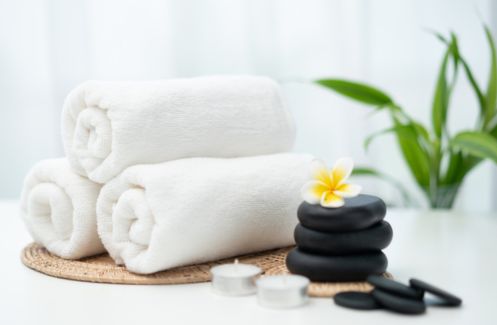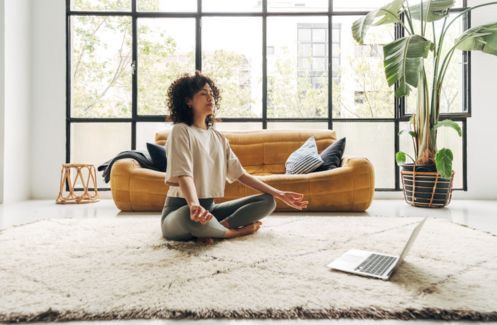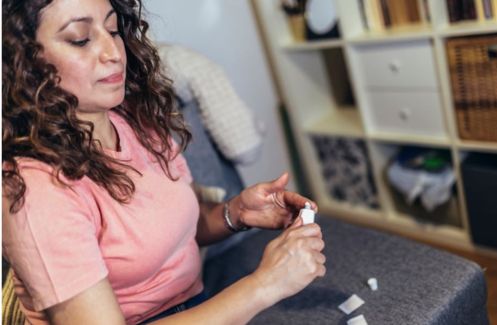Sciatica can better within about 6-8 weeks but if yours hasn’t, physiotherapist Finola Burrell has advice on what can help
Sciatica is hugely common and sometimes can be extremely painful and debilitating condition, literally stopping you in your tracks in your everyday life.
It involves the sciatic nerve becoming inflamed and compressed, most commonly caused by a prolapsed disc within the lower back or potentially from a tight muscle in the pelvis area (often referred to as ‘piriformis syndrome’).
The sciatic nerve is the largest nerve in our bodies starting from the pelvis and running all the way down the back of the leg.
After 6-8 weeks an acute episode of sciatica can resolve, however, up to 30 per cent of those with it can continue to experience pain for a year or longer.
Sciatica: the symptoms
- Pain in the buttock on one side
- Pain into a leg and below the knee
- Numbness
- Weakness in the leg or foot and ankle
- Hot and cold or tingling sensations
- Burning sensations down the leg
What makes sciatica worse
- Sitting for prolonged periods, particularly on a low seat such as on a sofa
- Standing for prolonged periods of time
- Bending forwards
- Bringing the knee up towards the chest (for example running, hamstring stretches)

Don’t worry though, sciatica does usually respond well to conservative treatment and below are five simple but effective self help tips.
Sciatica self-help tip #1: keep active
Bed rest and avoiding movement is the worst thing you can do with sciatica.
Nerves like movement and you want to keep the muscles as strong and supple as possible.
Modify your exercise to avoid extreme bending forwards or high impact exercise, and lower the weights slightly in the gym.

Avoid exercise which makes your symptoms worse and replace it with low impact exercise such as swimming, Pilates or yoga.
This means that once the nerve irritation has calmed down, you won’t have lost much muscle strength or flexibility.
Muscle weakness and stiffness itself can result in pain and so keeping active can avoid this happening as a knock on effect of sciatica.
Sciatica self-help tip #2: avoid static postures for more than 30 minutes
Staying in one position for long periods can be a massive aggravation of sciatica.
When I tell my patients that they have to move regularly, and I mean every 20-30 minutes, they look at me like I’m crazy! However the benefits of regular movement are huge and can be a life saver when at work.
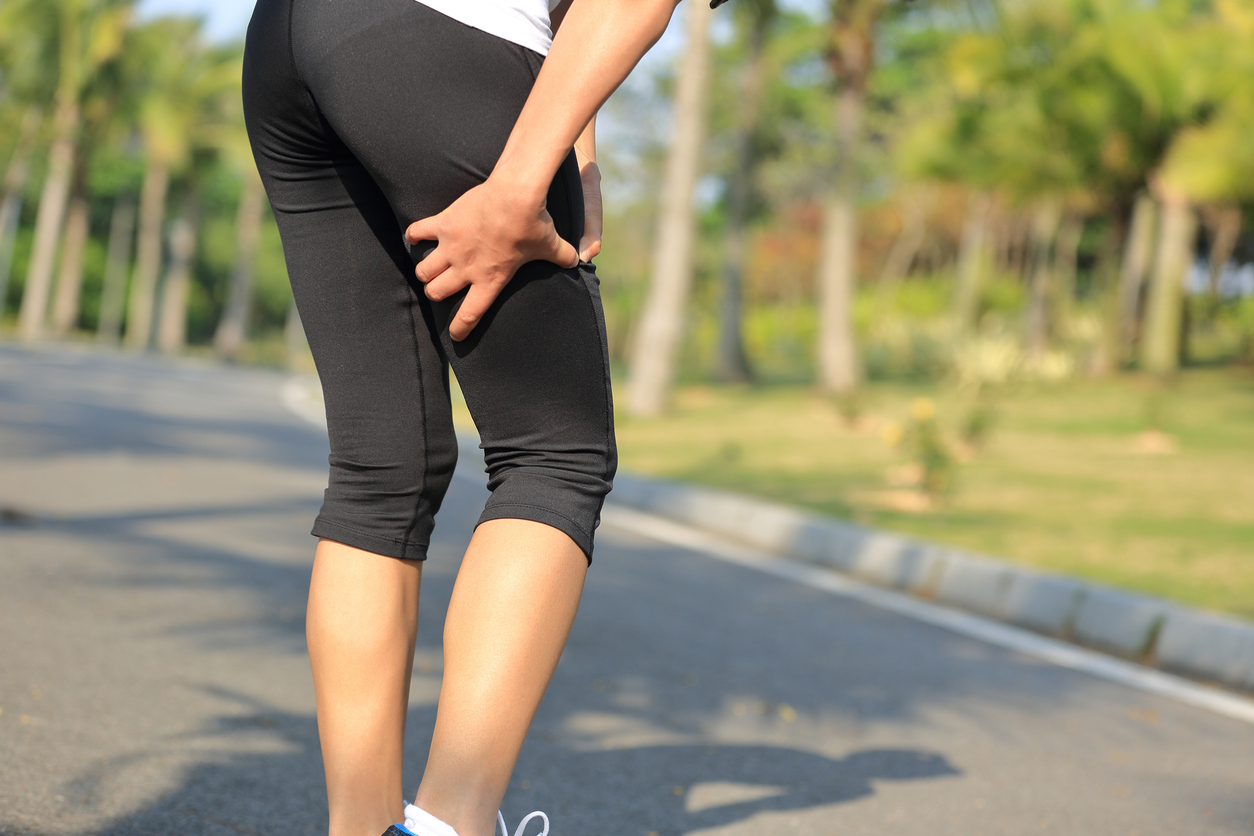
- Try setting a reminder on your phone for every 20-30 minutes, then do simple movements for a couple of minutes for example, stand up and down on your toes, perform mini squats, lean side to side, shrug the shoulders, or walk to fill up your water bottle.
- Ask the HR department for a hydraulic desk if available so that you have the option to sit or stand but continue with work (still remember those regular breaks of movement though!).
- When sitting or driving, try to have the knee lower than the hip so that it takes the stretch off of the sciatic nerve.
- When standing for a long period of time, try activating your deep abdominals by pulling in the stomach as if trying to fit on a tight pair of jeans. This may help to add a bit more support around the lower back and reduce compression on the nerve.
Sciatica self-help tip #3 heat therapy
Applying heat to the buttock or area of pain for 10-30 minutes can be very helpful in desensitising the nerve pain.
Although temporary relief it can at least allow your muscles to relax and for you to perform your exercises with less pain.
Sciatica self-help tip #4 see a health professional
Although sciatica can be painful, it is not usually the result of anything sinister.
However, it is always helpful to seek professional advice for more specific problems or if these management strategies don’t help.
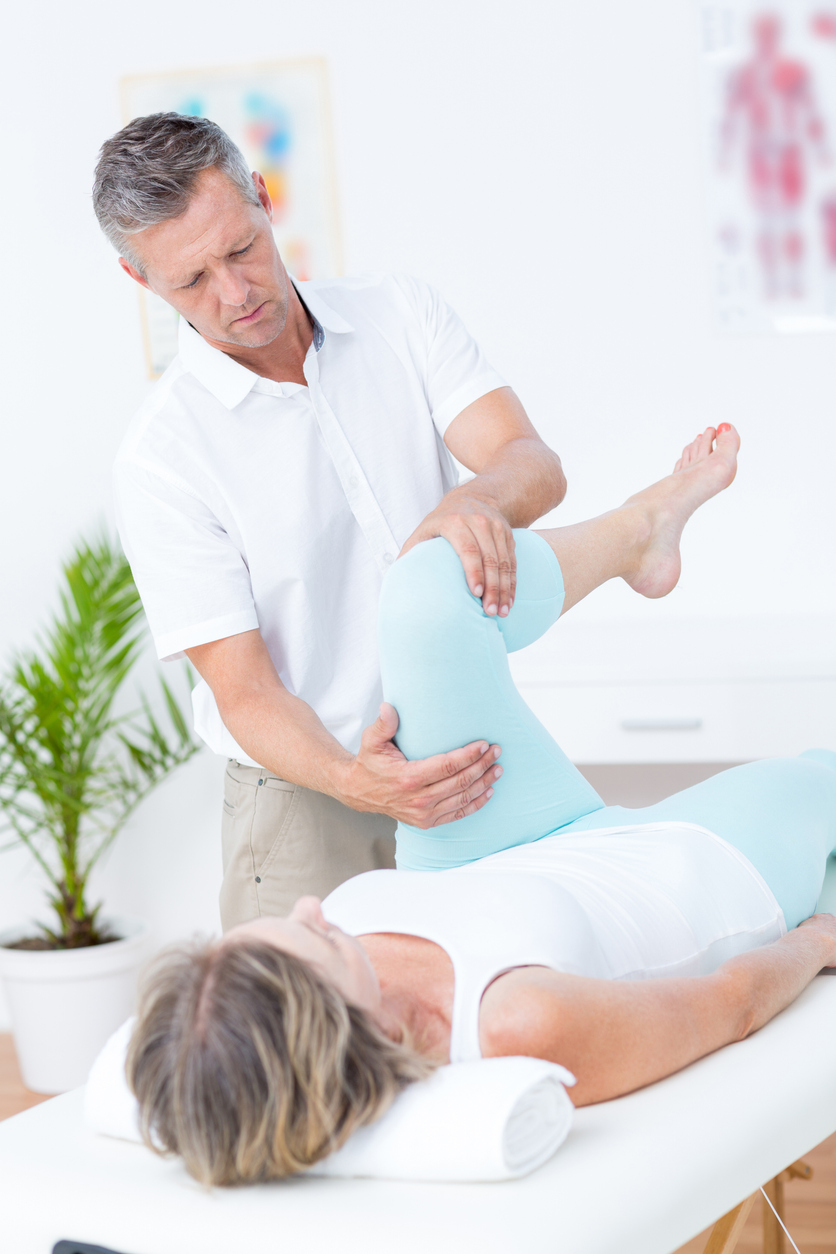
I would also advise to see your GP or other health professional (such as a physiotherapist) if you have the following so that they can assess you:
- If you have symptoms that don’t resolve within 6-8 weeks, or have worsening of symptoms during this time.
- If you have symptoms down BOTH legs.
- If you have changes in your bowel or bladder movements.
- If you have changes in your general health
Sciatica seeks help tip #5 three key stretches
Reclined pigeon holding for 30 seconds, 3 times per day.

This can be done in sitting or lying down so is very versatile.
Knee rolls side to side x 3 each way, twice per day.
Targets the lower back and pelvic muscles to reduce compression on the sciatic nerve within these areas.
Sciatic nerve glides (flossing) x 10, once per day
Mobilises the sciatic nerve without aggravating it and helps to reduce tension of the nerve.

Since graduating from King’s College London, Finola has gained additional qualifications as a Pilates teacher, in women’s health physiotherapy, acupuncture and in psychological therapies for pain.
Together with yoga specialist Hannah Barrett, she has co written a postnatal yoga based fitness guide, Strength Through Yoga, to inspire and help women regain strength in both body and mind after having a baby. Follow Finola on Instagram @finolaphysio
Relevant Healthista content:
8 sciatica treatments that don’t involve drugs
Got back pain? This hand reflexology can help quickly
Got back pain? This 10-minute yoga sequence will help
Like this article? Sign up to our newsletter to get more articles like this delivered straight to your inbox.



























